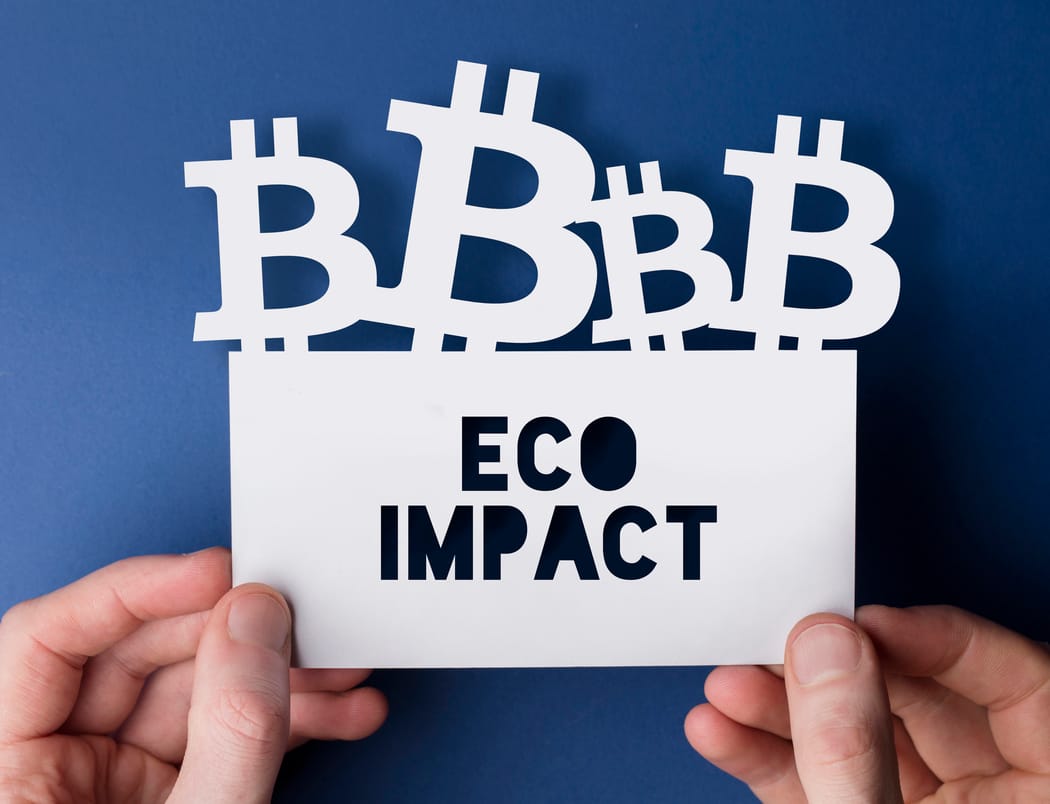Carbon emission is the primary cause of global warming and climate change, reported by the IPCC. “Digital technology is seen as part of the solution to reduce carbon emissions, but it also has its carbon footprint to monitor, which might induce a ‘rebound’ effect.”
Benjamin Simatos from the ixo team this week published his analysis for the Interchain Earth Program of how we can achieve net-zero emission blockchain infrastructure.
Blockchain-related activities and the IT industry reportedly account for carbon emissions up to 3.7% of the total global emissions of 36bn tonnes.
The attitude of “what we don’t see doesn’t happen” might be at play for many users who continue enjoying their tech without thinking much about the power needed to run the systems they have at their fingertips. Generally we are only concerned about our batteries dying for our personal devices! Blockchains could potetnially change this by providing mechanisms for transparent energy and carbon accounting which everyone can see, engage with, and be incentivised to use.
Blockchains cost the earth!
For Proof of Work blockchains –namely Bitcoin and Ethereum, energy usage is notoriously significant at an Earth-scale. The current annual Carbon footprint of Bitcoin is estimated to be in the region of 78Mt and Ethereum comes in at 34Mt (8% of the entire Internet footprint and 80% of all Proof of Work).
Alternatives are already in place with Proof of Stake (PoS) blockchains, including Cosmos, Tezos, Celo and Algorand. The estimated energy consumption factor is reduced by a factor of more than 2,000,000 with an annual carbon footprint for each of these networks down to 100 tonnes (chain-dependent).
E-waste is another concern. We have seen the scale of E-waste increase over the years, with this now over 50 million metric tonnes per year. Electronic products that go unwanted, are out-of-order, or nearing the end of their useful lifespan account for E-waste. E-waste includes, but is not limited to computers; mobile phones; televisions, VCRs, and stereos. PoS infrastructure has lower hardware requirements and longer lifetime in general, which generates less E-waste than Bitcoin servers.
What can we do about this?
The main approaches we have seen to-date for reducing the Carbon emissions of digital infrastructure are:
- Sourcing electricity from renewable energy sources – for instance Google has committed to using 100% green electricity.
- Reducing the emissions of others through investing in transformative technologies – as an example through the investments being made by the Microsoft Climate Innovation Fund.
- Carbon Capture and Storage to create carbon pits –which is still an emergent and somewhat controversial area of technologies.
- Carbon offsets –trading carbon credits to pay for excess emissions in one place, which are reduced in another place.
The most obvious immediate options for Proof-of-Stake chains are green energy and Carbon Offsets. These chains typically have a community pools of tokens, which could be automated to swap for carbon offsets –ideally using carbon credit tokens from other networks in the ecosystem. For instance, the Cosmos Hub could use its community pool to purchase and burn "carbon credit" tokens from the Regen Network.
Zero-Emissions Infrastructure Initiative
The Interchain Earth Program, led by ixo and partners including Regen Network, has started raising awareness on this impotant topic and is initiating a program of work with the leading Cosmos projects and validators, to innovate the protocols, code, hardware, and economic mechanisms which will result in verifiably zero-emissions blockchain infrastructure.
Beyond this, we can envisage Cosmos chains having built-in mechanisms, such as a Carbon Registry Module, for managing the carbon economy of whatever application space and economy each chain serves.






